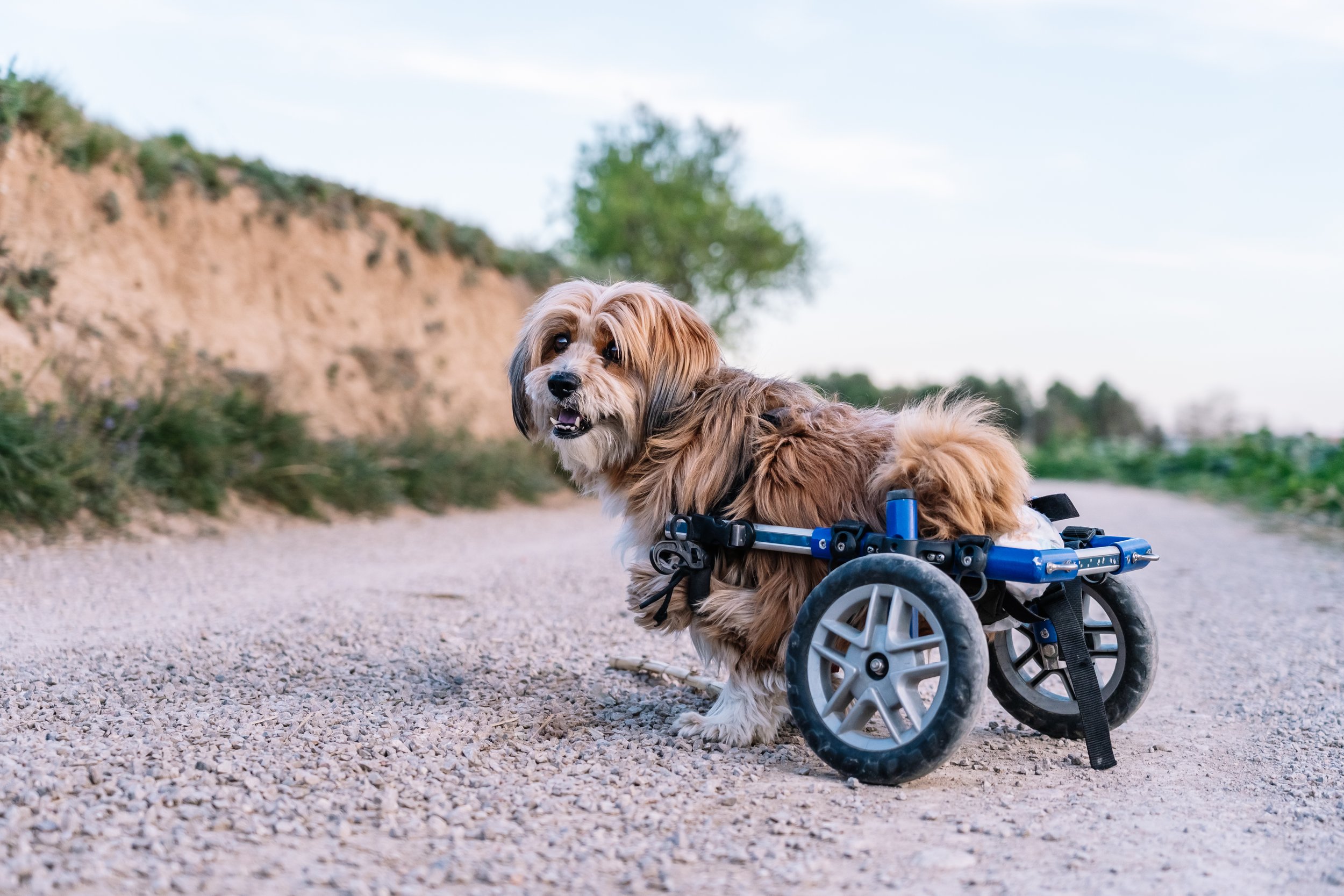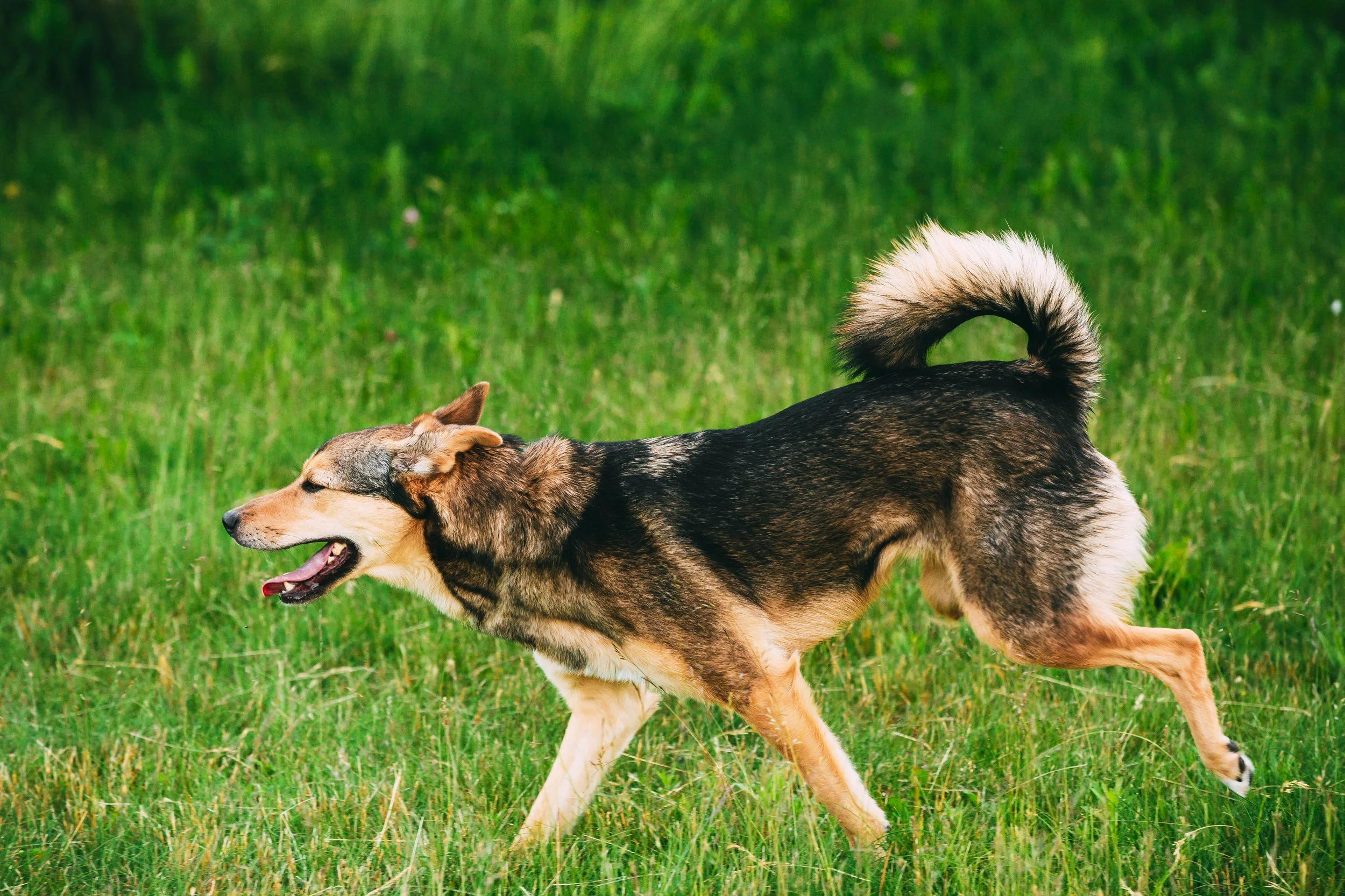
Water Treadmill
The water treadmill allows for early rehabilitation for post operative and neurological patients. Our Tudor treadmill provides optimum viewing and is filled from below with warm water (32 degrees). This allows our therapists to monitor the rehabilitation process and make appropriate adjustments during the session in a partial weight bearing environment (depending on water level).
The partial weight bearing environment helps to reduce the impact of exercise on the dog's joints and muscles, as well as providing resistance that can help to build muscle strength and endurance. By providing a low-impact, adjustable form of exercise, the water treadmill helps to reduce inflammation, increase joint range of motion, improve balance and coordination, and helps the patient transition from water to land based exercise.
Water Treadmill Rehabilitation at Beacroft Referrals
How could the water treadmill help my dog?
The ability to control various variables provides a safe setting for the management of many pathologies, with the ability to control movement and prevent over extension of joints that can sometimes occur in a pool environment.
Water phobic patients can even benefit and enjoy hydrotherapy, with the added reassurance of their feet remaining in constant contact with the belt and the level of water being precisely controlled.
The warm water also helps to relax the dog’s muscles, allowing them to move more easily and with less pain.
Physiotherapy techniques are often combined during the session as the water properties (heat, buoyancy, hydrostatic pressure) provide an environment where the patient is able to relax and allow effective manual and soft tissue therapies to be performed.
Our therapists enter the treadmill with our patients, this is especially useful when rehabilitating patients with neurological conditions that are currently struggling to independently mobilise.
Stay up to date with Beacroft Referrals
Conditions commonly treated with Water Treadmill
Cranial Cruciate Ligament Injury
Intervertebral Disc Disease
Elbow Dysplasia
Soft tissue injury’s
Fracture Repair
Arthritis Management
Degenerative Myelopathy
Hip Dysplasia
Limp Amputation
Weight Management












